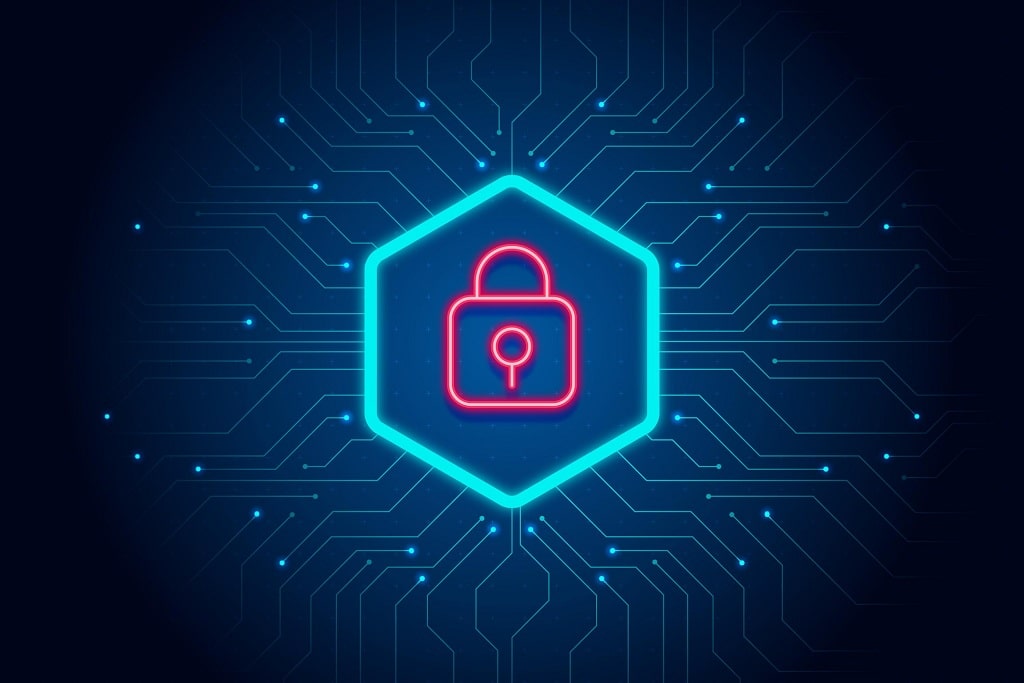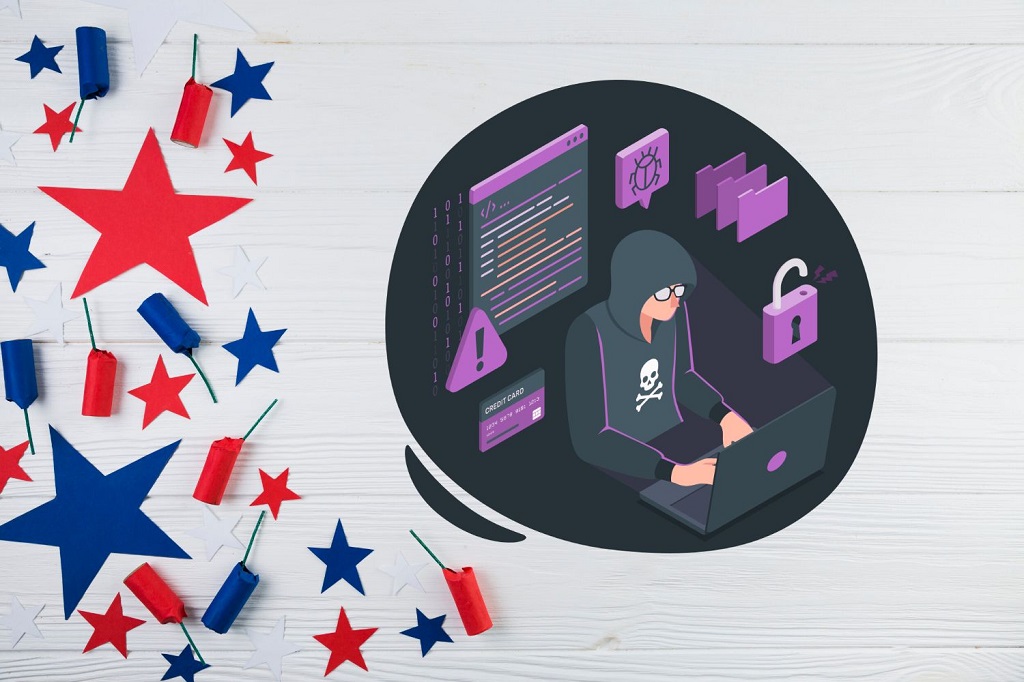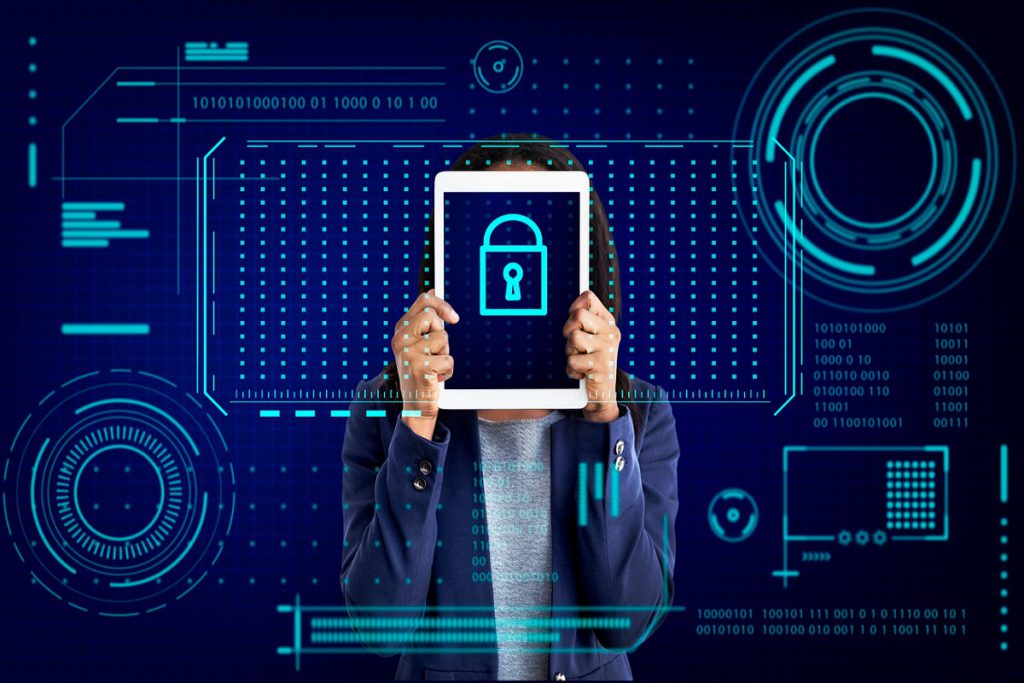The term “cyber security” describes a collection of methods, programs, and policies used to protect computer networks, systems, and data from internet attacks and unauthorized access.
Cyber security’s primary goal is to safeguard all organizational assets against external and internal threats and disruptions brought on by natural disasters.
A coordinated effort across the organization’s information systems is necessary for a successful and efficient cybersecurity posture because organizational assets comprise numerous diverse systems. As a result, the following sub-domains comprise cyber security:
The Importance of Maintaining Cybersecurities for Small Businesses
 Maintaining cybersecurity measures must be balanced in today’s interconnected world. Cybersecurity refers to the practices and technologies implemented to protect computer systems, networks, and data from unauthorized access, theft, and damage.
Maintaining cybersecurity measures must be balanced in today’s interconnected world. Cybersecurity refers to the practices and technologies implemented to protect computer systems, networks, and data from unauthorized access, theft, and damage.
With the increasing reliance on digital platforms and the proliferation of sensitive information stored online, businesses and individuals face numerous cyber threats, including hacking, data breaches, malware attacks, and identity theft.
Maintaining robust cybersecurity measures is essential to safeguarding sensitive data, protecting personal and financial information, and preserving the integrity of digital assets. Cybersecurity breaches can have severe consequences, including financial loss, reputational damage, legal repercussions, and the compromise of individuals’ privacy.
Proactive cybersecurity measures, such as regularly updating software, implementing strong passwords, using encryption, and educating users about best security practices, are crucial to mitigating these risks.
Also Read: Streamline Your Business with RPA as a Service and Solutions
#1. Security for Application
Implementing multiple defenses against various threats within all software and services utilized within a company is known as application security.
To reduce the possibility of any unwanted access or alteration of application resources, it is necessary to create secure application architectures, write secure code, and implement strong data input validation and threat models, among other things.
#2. Security of Data and Identity Management
Frameworks, procedures, and other practices under identity management allow for the authentication and authorization of authorized users of an organization’s information systems. Using Cyber Security Consulting Services and reliable data storage methods that guarantee data security at rest and in transit entails data security.
#3. Network Safety
Hardware and software safeguards must be implemented to safeguard the network and infrastructure from unwanted access, disruptions, and misuse. Good network security aids in safeguarding organizational assets from several internal and external threats.
#4. Mobile Safety
Mobile security refers to defending against malware, unauthorized access, device loss or theft, and so forth for organizational and personal data on mobile devices like cell phones, laptops, tablets, etc.
#5. Cloud Safety
Designing safe cloud infrastructures and applications for businesses employing cloud service providers, such as AWS, Google, Azure, Rackspace, etc., is called cloud security. Protection against a variety of dangers is ensured by effective design and environmental configuration.
Read: Enterprise Applications Development Process and Industry Standards
Planning for business continuity and disaster recovery (DR&BC)
Processes, monitoring, alerts, and strategies that assist businesses in getting ready for maintaining business-critical systems online both before and after any disaster, as well as restarting lost operations and systems following an incident, are all covered by DR&BC.
#1. User Training
It is crucial to formally teach people about computer security-related topics so that they are aware of corporate rules, best practices, and processes, as well as how to monitor and report suspicious activity.
Cybersecurity: Its Importance and Challenges
Given the rapidly changing technological environment and the fact that software adoption is rising across many industries, including finance, government, the military, retail, hospitals, education, and energy, to name a few, an increasing amount of information is becoming digital and accessible through wireless and wired digital communication networks as well as across the ubiquitous internet.
For this reason, it is crucial to safeguard it using robust cyber security procedures and methods. All of this extremely sensitive information is valuable to criminals and bad actors.
Related: How Can Businesses Ensure The Safety of Data While working in Cloud Environments?
Sound cyber security strategies are essential, as evidenced by the recent high-profile security breaches of organizations like Equifax, Yahoo, and the U.S. The frequency of cyberattacks isn’t decreasing, as the trend would have it. Attackers target businesses daily to steal valuable data or disrupt services, regardless of their size.
Effective cyber security strategy implementation is difficult due to the dynamic technical environment. As a result of updates and modifications, the software is continually changing, posing new risks and vulnerabilities and making it more susceptible to various cyberattacks.
Many businesses have already migrated their on-premise systems to the cloud, creating a whole new set of design and implementation difficulties and a new class of vulnerabilities. In addition, IT infrastructure is constantly changing.
Businesses only implement cyber security remedies once it is too late because they are unaware of the threats in their IT infrastructure.
Read: The Essential Keys To Success With Snowflake
#1. Understanding Cyberattack
An intentional attempt by external or internal threats or attackers to undermine the confidentiality, integrity, and accessibility of information systems of a target organization or person is known as a cyberattack.
Cyberattackers use illegal techniques, tools, and strategies to harm and disrupt computer systems, devices, networks, applications, and databases. The following list highlights a few significant cyberattacks that attackers and criminals employ to exploit software, out of the huge variety that they can carry out:
- Malware
- Ransomware
- Injection assaults (e.g., cross-site scripting, SQL injection, command injection)
- Session control and attacks using the Man-in-the-Middle technique
- Phishing
- Service interruption
- Advancements in privilege
- Unpatched or vulnerable software
- Remote code execution
- Using forcefully
More data than ever is being generated, shared, and stored as businesses migrate to the cloud. An organization’s attack surface is increased due to the growing data footprint, ongoing digital transformation, and cloud migration, which increases the demand for more data protection.
Read: How Enterprise Application Development Drives Business Growth
Since data breaches cost multinational corporations millions of dollars on average, it’s crucial to understand your data, where it resides, how it’s accessed, and any associated risks. Software security protocols must be of the highest caliber for every software organization.
Ensuring secure software can be challenging in today’s complicated IT environment when businesses use more software than ever and cyberattacks are rising.
Today, a wide variety of computer security software assists businesses and end users in ensuring that they are utilizing the proper software and security solutions to stay safe. Incorporating safeguards into the construction of security to keep it operational (or attack-resistant) is software security.
To determine a piece of software’s resistance to malicious attacks, it must pass software security testing before release.
Read: Why Node.js is Ideal for Enterprise App Development
Software security aims to create safe programs from the start without the need for later installation of security measures (although this still occurs frequently).
The next stage is to instruct users on properly utilizing the program to prevent becoming vulnerable or open to assaults.
Software security is important since a malware attack can seriously harm any software while jeopardizing availability, integrity, and authentication. This can be accounted for throughout the programming phase rather than subsequently, preventing damage from happening in the first place.
By prioritizing cybersecurity, organizations and individuals can ensure their digital assets’ confidentiality, integrity, and availability, fostering trust and confidence in an increasingly digital world.




